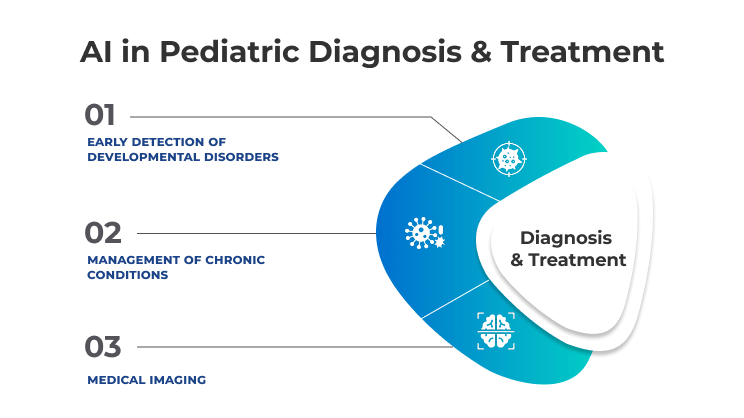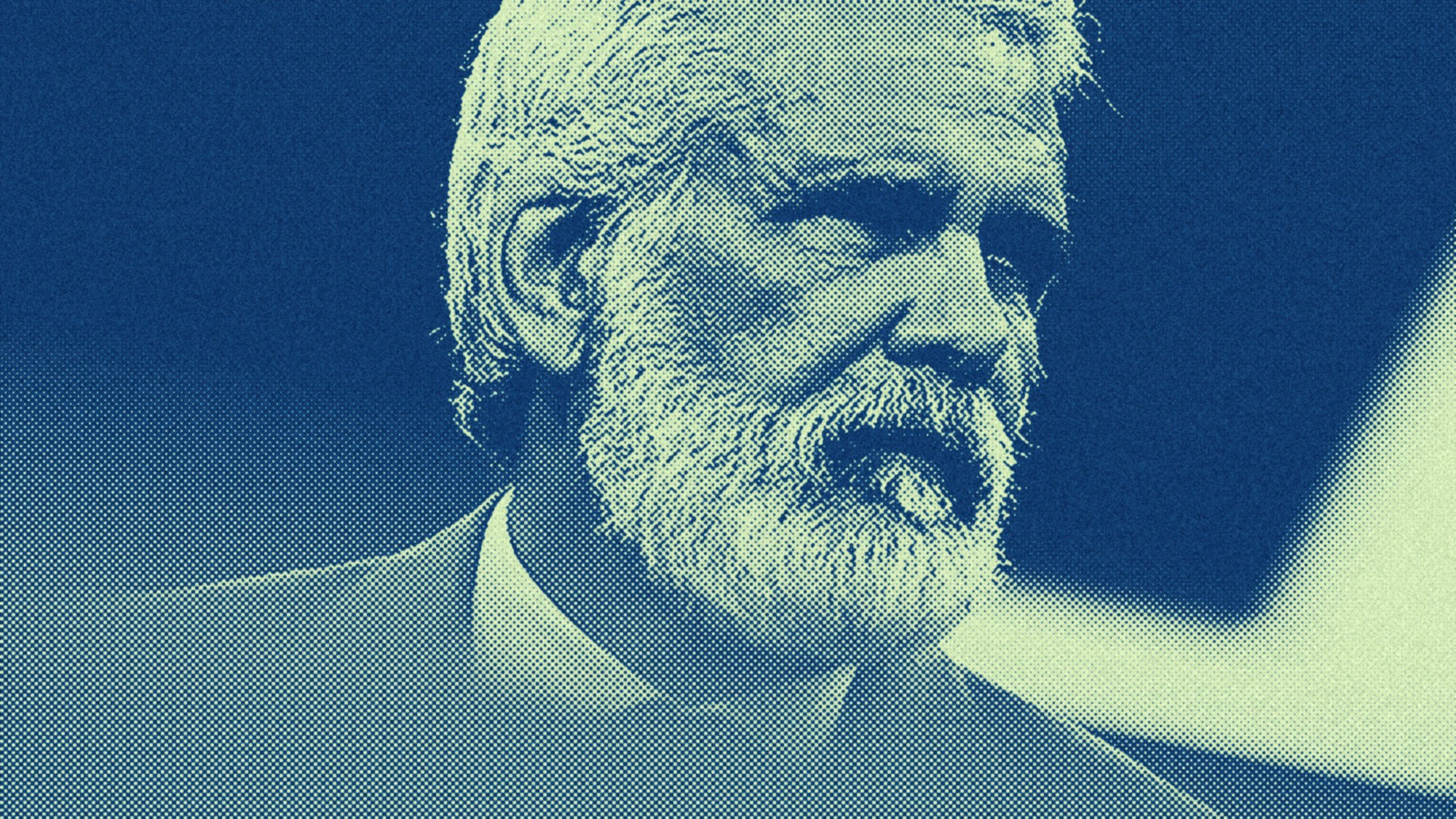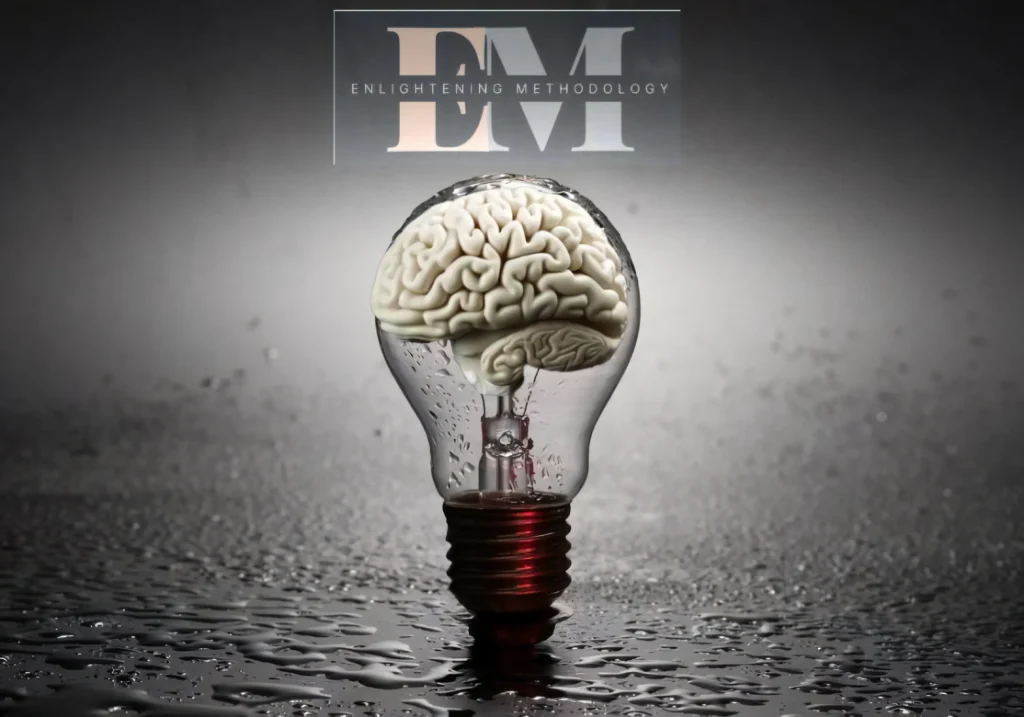The pediatric health industry encounters crucial issues that require timely intervention and new approaches. Let’s look at some frightening statistics: one out of every six children in the United States has a developmental disability, but many of these children are not diagnosed until later in their childhood. Pediatric emergency departments are overcrowded, with a 20% rise in wait time in the last ten years, which exposes vulnerable young patients to dangers.
And the situation is even more alarming at the global level – 4.8 million children below five years of age die each year worldwide and most of the deaths are caused by preventable or curable diseases. These figures point to the necessity of radical changes in the field of pediatric care.
AI in pediatrics emerges as a game-changing solution to fill these healthcare gaps. Advanced AI pediatric healthcare technologies are transforming the way we diagnose, treat and monitor the health of children. Whether it is diagnosing the autism spectrum disorder in toddlers or identifying life-threatening issues such as sepsis in emergency rooms, AI applications in pediatric healthcare are transforming these areas.
This guide discloses how AI in pediatric care is developing quicker, accurate diagnostic tools and predictive solutions and is fundamentally changing child healthcare delivery and outcomes.
AI in Pediatric Diagnosis & Treatment

1. Early Detection of Developmental Disorders
AI in pediatrics is primarily concerned with detecting developmental disorders, such as autism, ADHD, and speech delays, at an early stage through advanced pediatric AI software solutions.
For example, AI-powered eye-tracking technology can detect signs of autism in kids as young as 12 months. This is a big deal. Why? Most diagnoses don’t happen until after 3.
A systematic eye-tracking study found that over 80% sensitivity and specificity were achieved in detecting autism in toddlers by measuring attention to “motherese” speech patterns using advanced AI for pediatric diagnostics.
Early diagnosis leads to early interventions, which result in better cognitive and social outcomes for children. In addition, pediatric AI diagnostic software can reduce the burden for families seeking diagnostic assistance regarding the development and growth of their child.
2. Management of Chronic Conditions
Chronic conditions like asthma and diabetes need to be monitored continuously and treated individually through AI pediatric care solutions.
AI-powered wearables and apps make it easier. These track vitals, blood sugar, and even environmental factors in real time and alert caregivers about potential issues before they become a problem using remote monitoring system technology.
For example, AI can predict asthma attacks by analyzing data like air quality, weather, and a child’s activity levels. This proactive approach improves the quality of life and reduces hospital visits through intelligent AI pediatric health services.
3. Medical Imaging
AI is transforming medical imaging by enhancing image interpretation and reducing the need for repeat scans through AI medical imaging solutions.
Pediatric conditions like pneumonia, fractures, or even rare diseases require precise imaging for an accurate diagnosis. AI can analyze X-rays, MRIs, and CT scans with incredible speed and accuracy and detect subtle changes that the human eye might miss.
For instance, AI can diagnose pediatric pneumonia with over 97.5% accuracy and reduce diagnostic time using advanced AI radiology solutions.
Applications of AI in Pediatric Emergency Medicine

1. Smarter Triage Systems
ERs are often overcrowded and overburdened, particularly during pediatric emergencies. Children are not always able to articulate their symptoms, and their condition can fluctuate in the blink of an eye. That’s where AI in pediatrics comes in.
How it works: AI looks at vital signs, medical history, and symptoms to prioritize which kids need to be seen first through healthcare emergency management systems.
Impact: AI triage systems can predict which hospitalized pediatric patients suffer from an exacerbation of their asthma. So sick children will be seen faster, while not-so-sick children will be deemed safe to wait.
Results: Fast turnaround time, efficient resource allocation, and better pediatric care outcomes.
2. Predicting Life-Threatening Conditions
Some illnesses in children, such as sepsis and traumatic brain injuries, can spiral out of control at any time. Early detection is the answer, but it’s not as easy as it sounds.
How it works: AI models analyze data from patients to predict extreme conditions even hours before the onset of symptoms using AI medical diagnosis algorithms.
Impact: Using AI algorithms, for example, doctors can predict septic risk with over 95% accuracy in trauma patients.
Results: Intervention/treatment began faster, with fewer complications and, ultimately, saved lives.
3. Real-Time Monitoring for Critical Cases
In the ER, time is of the essence. With multiple patients to manage, any change in a child-centered condition can easily go unnoticed.
How it works: AI-based monitoring systems watch over patients’ vitals 24/7, alerting clinicians of any changes through AI in pediatric patient management system solutions.
Impact: AI can detect the first signs of respiratory distress or cardiac warning, so clinicians are ahead of the game before it gets worse.
Results: Safer patients with fewer sudden deterioration events.
4. Faster, More Accurate Diagnoses
Diagnosing kids in an emergency is tough. Symptoms are vague, and kids can’t always tell what’s wrong.
How it works: AI algorithms look at imaging studies, lab results, and clinical data to give quick and accurate diagnoses through pediatric AI software platforms.
Impact: AI can detect pediatric pneumonia on X-rays with over 97.5% accuracy, reducing diagnostic delays.
Results: Kids get the right treatment faster, which can make all the difference in their recovery.
The Future of AI in Pediatric Healthcare

1. Virtual care assistants for kids powered by pediatric AI mobile app technology
2. Personalized treatment plans for rare diseases through personalized medical software development
3. Pain assessment tools using facial and vital signs
4. Early mental health detection through behavior and speech analysis
5. Vaccination reminders to never miss a shot via AI pediatric care apps
6. Recovery monitoring for post-op kids using pediatric AI software development solutions
7. Early cancer detection using genetics and radiology, powered by healthcare artificial intelligence
The Bottomline
AI in pediatrics is not replacing human care, but it is complementing it. The AI pediatrics solutions provide health professionals with even more effective tools to diagnose and treat children faster and more accurately to save their lives.
Healthcare organizations need to adopt AI pediatric healthcare to deal with the special medical needs of children. The next stage in pediatric medicine is using these technologies to enhance the results of care among our youngest patients.
The post AI in Pediatrics: The Future of Pediatric Medicine appeared first on Osplabs.






